Modern technology has unleashed a flood of data, and many managers despair of making sense of it. But as data analysts Zach and Chris Gemignani point out, data is a language, and gaining fluency in any language requires learning the vocabulary, grammar and idioms that work together to create meaning. The authors show how to interpret data to extract actionable information, and they describe how designers can make data products that are clear and easy to use.
The language of data is the language of modern organizations.
Technological advances enable businesses, educational institutions, government agencies and other groups to produce and store more data than ever before. The Foundation for Scientific and Industrial Research reckons that 90% of the world’s total data emerged in the past two years. That’s a tsunami of tweets, customer behavior records, sports statistics, weather data, and more.
Unfortunately, many organizations lack “data fluency” – the skills for unlocking the value in the language of data. Data proves most useful when it stimulates discussion and sparks insights that guide decisions and actions. Without data fluency, too many leaders fall back on hunches and instinct to drive decision-making.
To achieve data fluency, people who need to make decisions must develop the skills to read the story data tells about an organization’s performance, and recognize the course of action the story suggests. Analysts who produce data products – reports in hard copy, spreadsheets, web apps and PowerPoint presentations – must tell that story with...










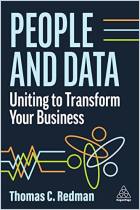
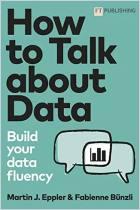
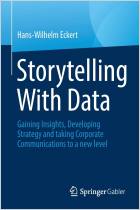

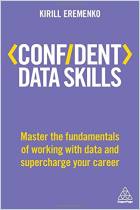
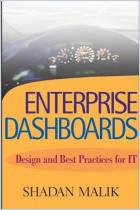




Comment on this summary or 开始讨论